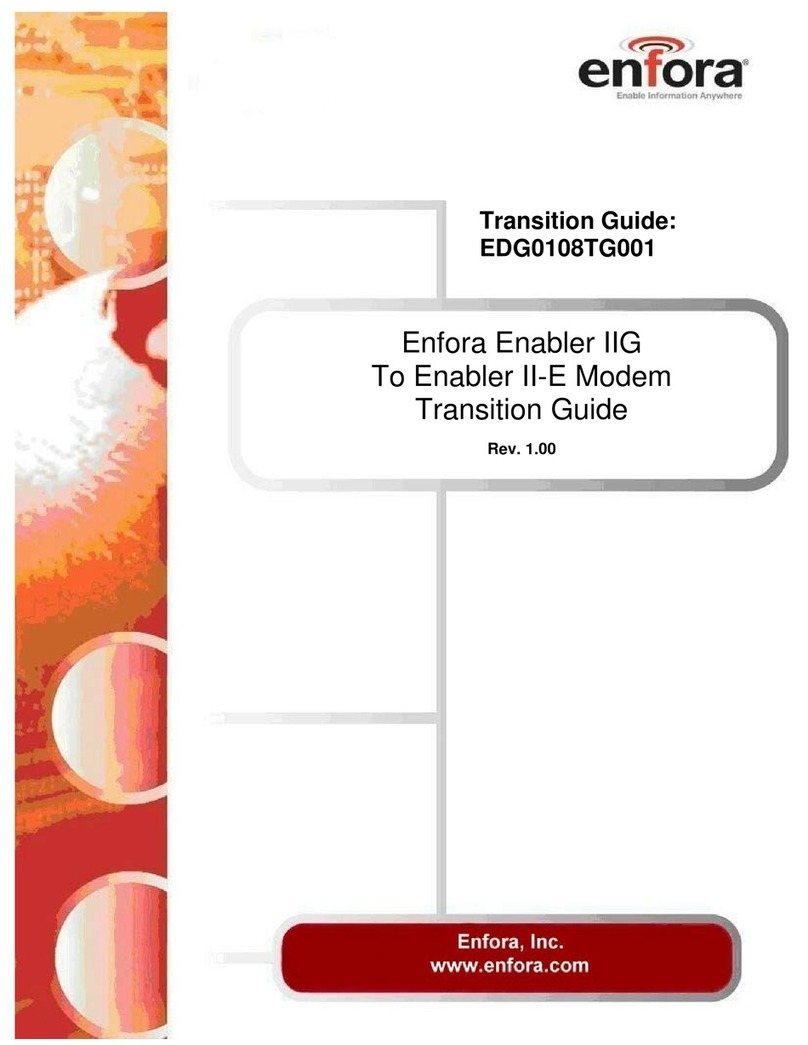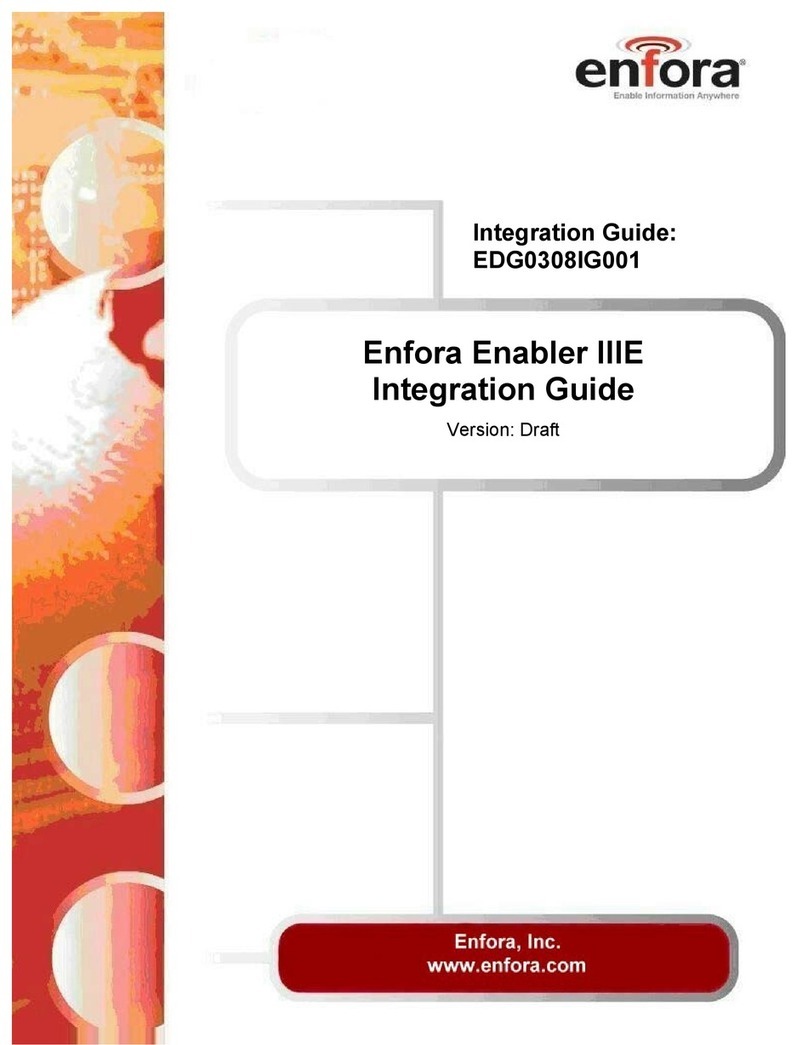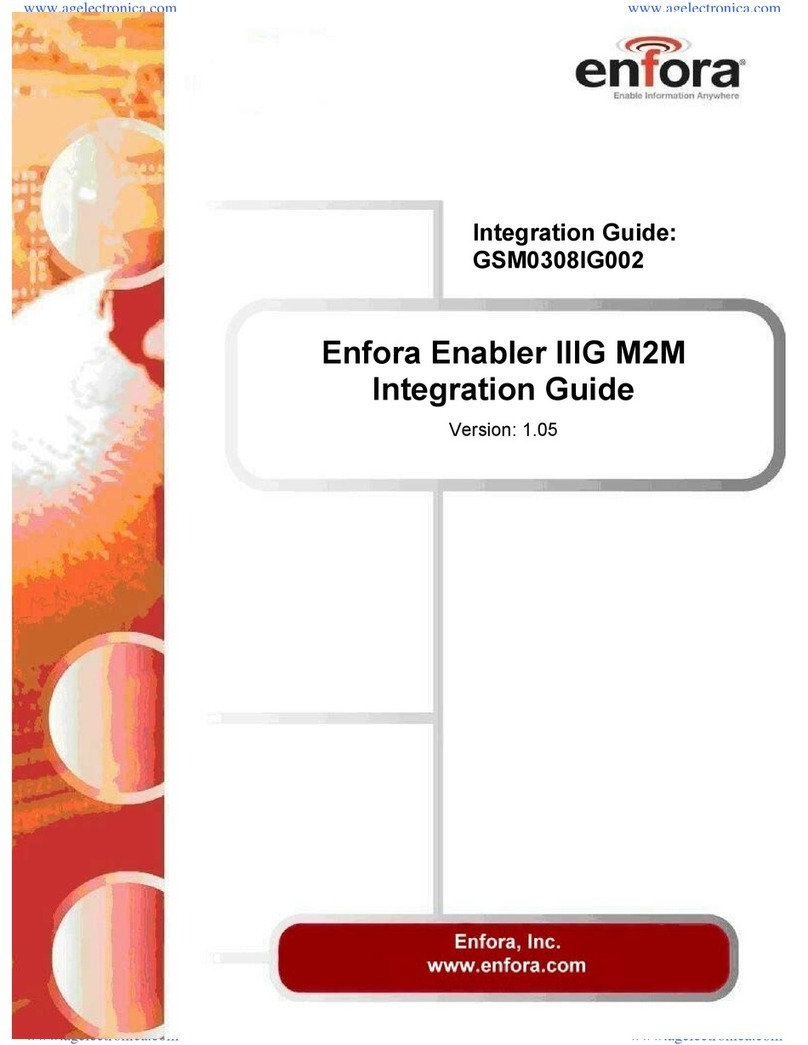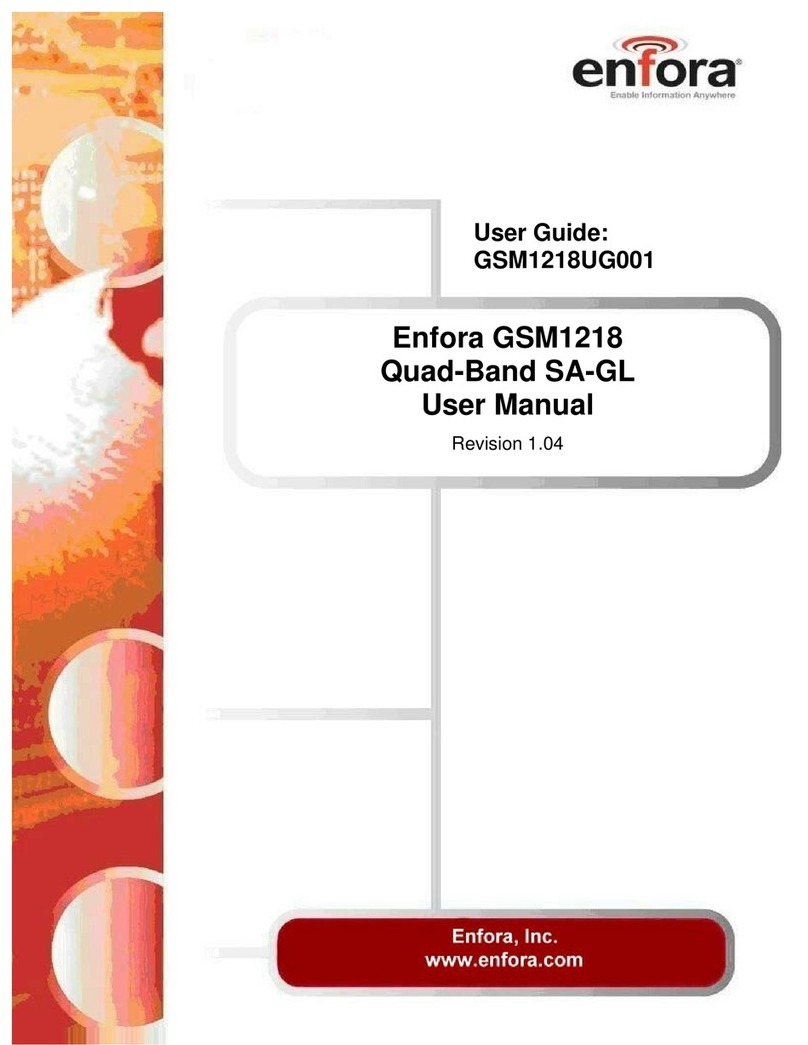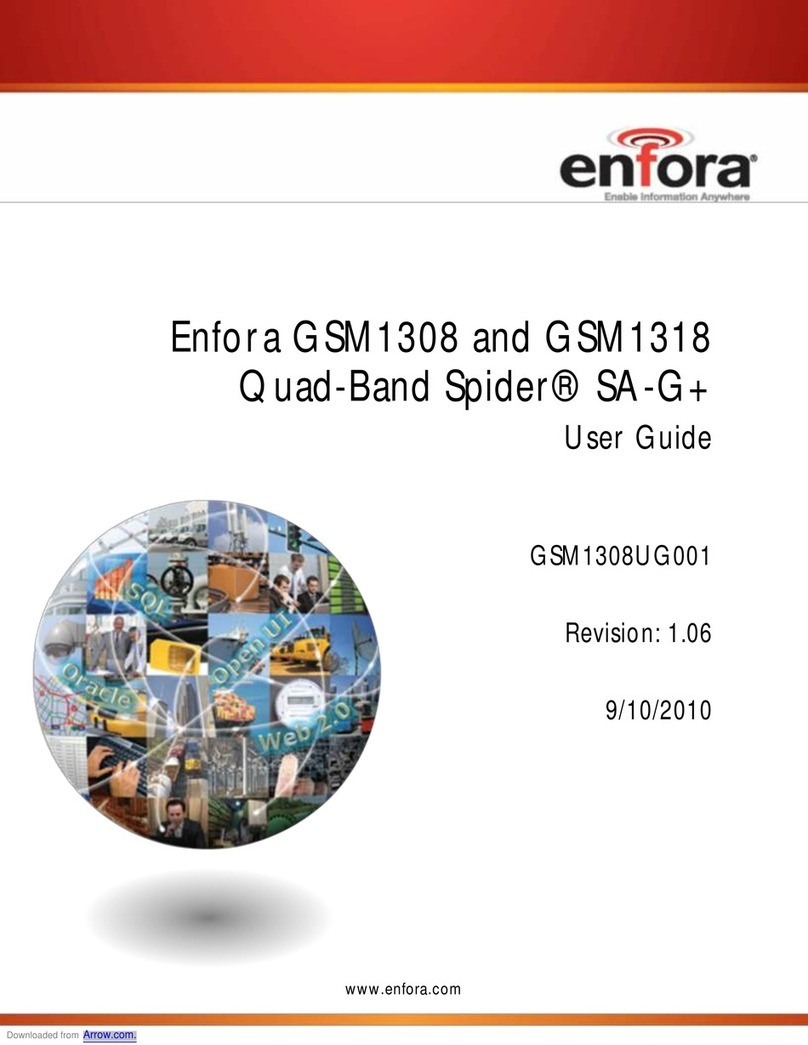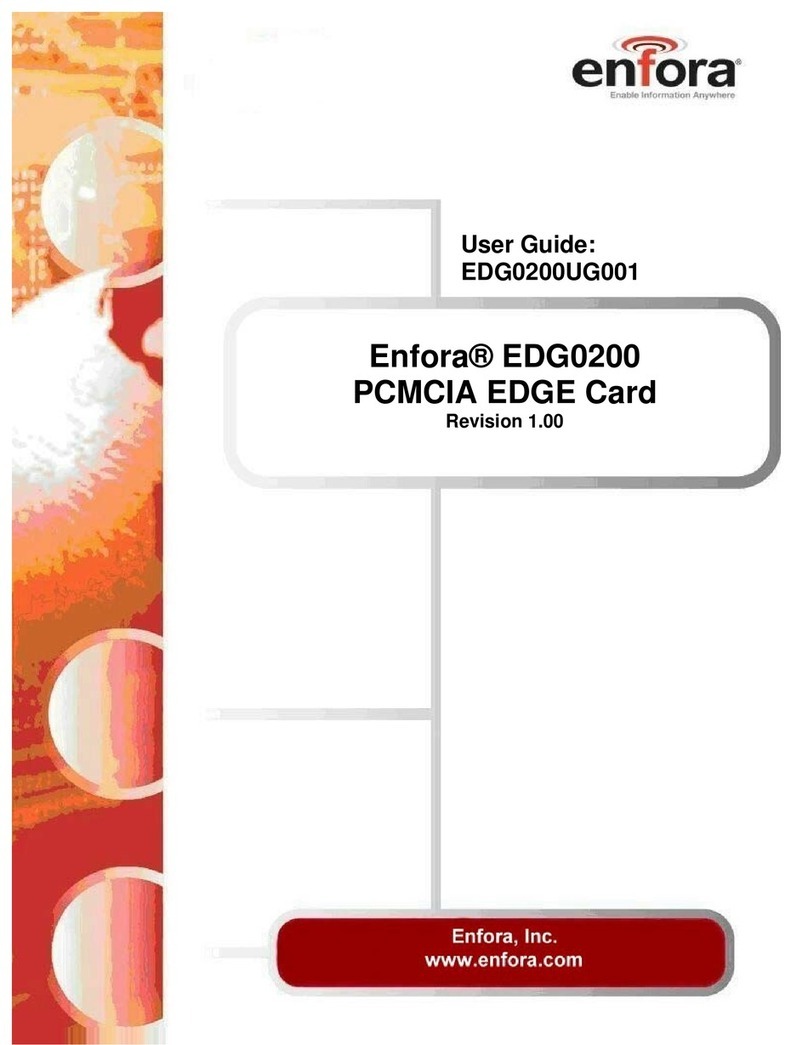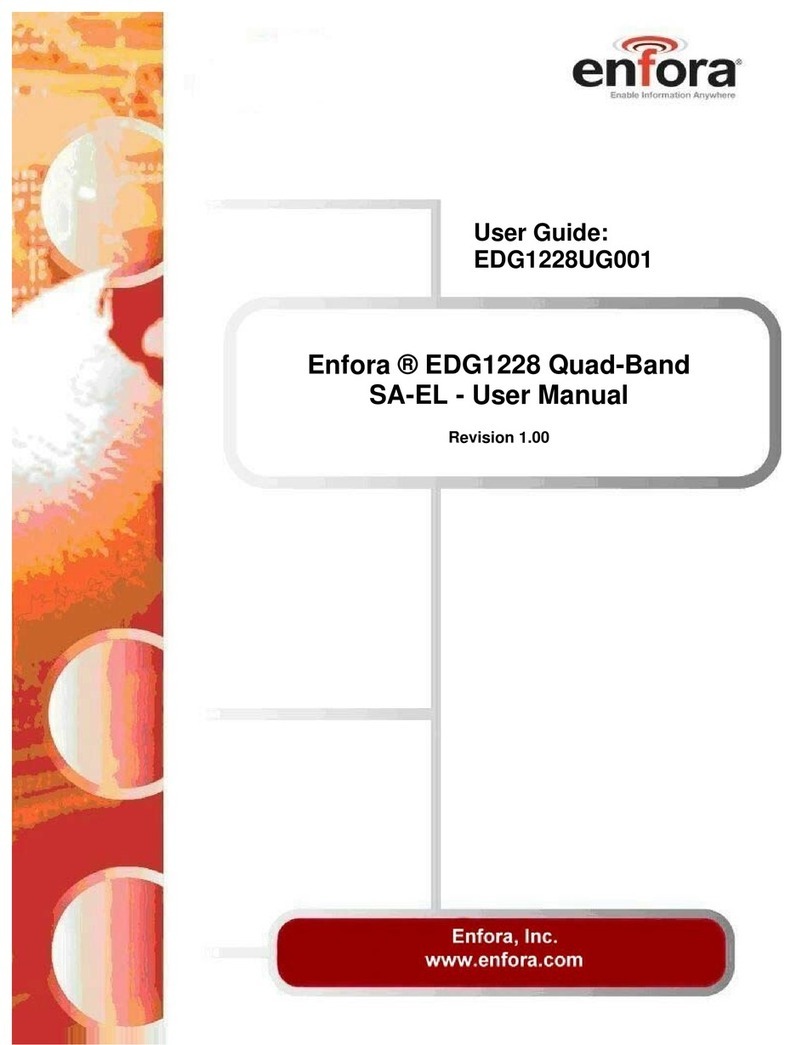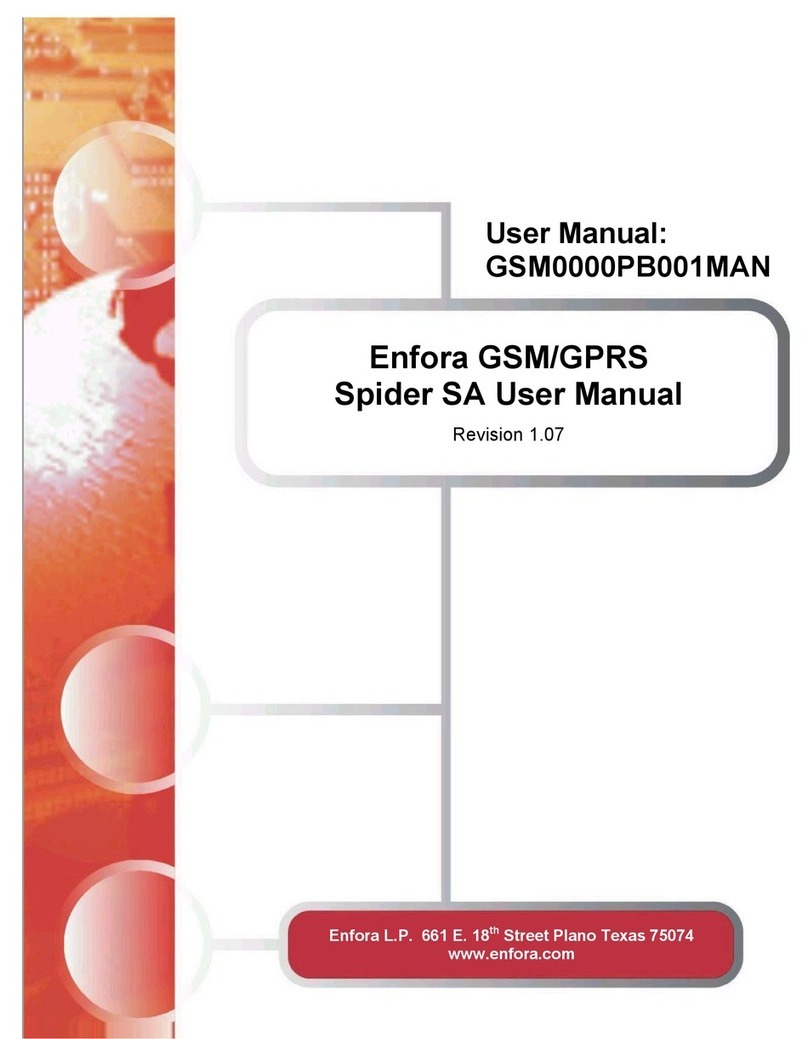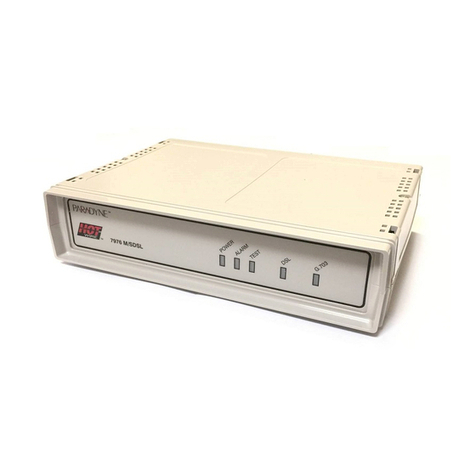
Integration Guide
Draft
6.7.4Using the Power Control Signal ............................................................................................................. 31
6.7.5Serial Interface (9 Pin I/F) (See table in section 6.4.1 I/O Connector Pin Assignments)........................ 32
6.7.6Analog-To-Digital Input.......................................................................................................................... 33
6.7.7Handset Microphone Input...................................................................................................................... 33
6.7.8Microphone Bias Output......................................................................................................................... 33
6.7.9Handset Speaker Output.......................................................................................................................... 33
6.7.10Headset Microphone Input...................................................................................................................... 33
6.7.11Headset Speaker Output.......................................................................................................................... 34
1.1.1.Maximum Swing...................................................................................................................................... 34
6.7.12Audio Design Note .................................................................................................................................. 34
6.7.13Transmit Active Output (Pin-37)............................................................................................................. 36
6.8SUBSCRIBER IDENTITY MODULE (SIM) CARRIER.............................................................................................. 36
6.8.1SIM Integration for the Enfora Enabler EDG0208 Module.................................................................... 36
6.8.2Using a Remote SIM with the Enfora Enabler EDG0208 Module .......................................................... 36
6.8.3Remote SIM Component Information...................................................................................................... 37
7.0MODES OF OPERATION...............................................38
7.1ENABLING THE TRANSMISSION MODES FOR THE GSM/GPRS/EGPRS SERVICES .............................................. 38
7.2VOICE COMMUNICATION .................................................................................................................................. 38
7.3CIRCUIT-SWITCHED DATA................................................................................................................................ 38
7.4SMS: SHORT MESSAGE SERVICES .................................................................................................................... 39
7.5SMS FEATURES SUPPORTED BY THE ENFORA ENABLER EDG0208 MODULE .................................................... 39
8.0SIM OPERATION............................................................. 40
8.1PROVISIONING THE SIM ................................................................................................................................... 40
8.2GSM SERVICES SUPPORTED BY THE ENFORA ENABLER EDG0208 MODULE..................................................... 40
8.3GPRS SERVICES SUPPORTED BY THE ENFORA ENABLER EDG0208 MODULE.................................................... 40
8.4EGPRS SERVICES SUPPORTED BY THE ENFORA ENABLER EDG0208 MODULE ................................................. 40
8.5SELECTING THE MODES OF OPERATION............................................................................................................. 41
9.0SOFTWARE INTERFACE..............................................42
9.1SOFTWARE INTERFACE ..................................................................................................................................... 42
9.2FORMAT FOR THE AT COMMANDS.................................................................................................................... 42
9.3ENFORA AT COMMAND SET............................................................................................................................. 42
10.0SETUP AND INITIALIZATION.....................................43
10.1GENERAL SETUP............................................................................................................................................... 43
10.1.1HyperTerminal Configuration for Enabler EDG0208 ............................................................................ 43
10.1.2Initialization (AT Command Interface) ................................................................................................... 44
10.1.3Initial Response to the AT Command...................................................................................................... 45
10.1.4Sending an Initialization String to the Enfora Enabler EDG0208 Module............................................. 45
10.1.5Setting Up the Communication Mode for the Enfora Enabler EDG0208 Module .................................. 45
10.1.6Querying the Status of the Enfora Enabler EDG0208 Module ............................................................... 46
10.1.7Setting Module Reporting Parameters for GSM and GPRS.................................................................... 46
10.2GSM/SMS EXAMPLES ..................................................................................................................................... 46
10.2.1Initialize the Enfora Enabler EDG0208 Module to Send and Receive SMS Text Messages.................... 46
10.2.2Managing SMS Messages........................................................................................................................ 46
10.2.3Data Call Configuration ......................................................................................................................... 46
10.2.4Voice Call Configuration........................................................................................................................ 46
10.3GPRS PACKET EXAMPLES................................................................................................................................ 46
10.3.1GPRS/EGPRS ATTACH and ACTIVATE................................................................................................ 46
10.3.2Windows PPP Setup................................................................................................................................ 46
11.0INTEGRATION AND TESTING....................................47
11.1INTEGRATING THE ENFORA ENABLER EDG0208 MODULE................................................................................ 47
11.2APPENDIX A-LIMITED WARRANTY ...................................................................................................... 49
11.2.1Scope....................................................................................................................................................... 49
